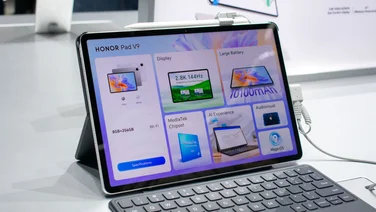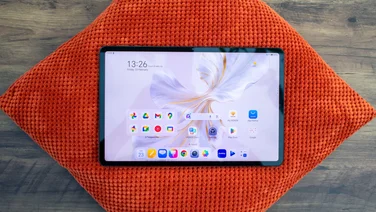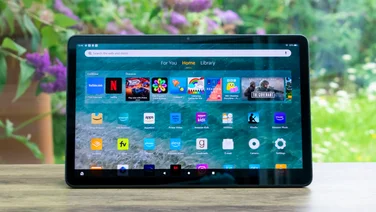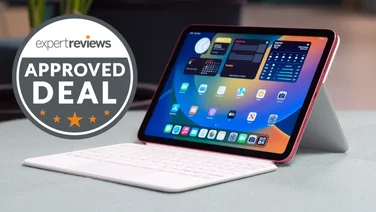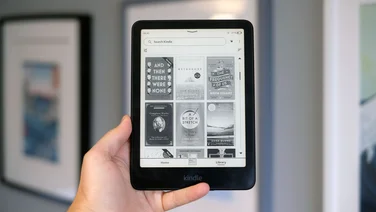To help us provide you with free impartial advice, we may earn a commission if you buy through links on our site. Learn more






Mobile gaming has come a long way since the humble Nintendo Gameboy. Almost everyone has a mobile device that keeps them entertained while travelling, but many games simply arent suited to touchscreen controls. Thankfully, the 7in Archos Gamepad has dedicated gaming buttons which should solve the problem and make more complex games much easier to play.

With a D-pad, twin analogue sticks, six face buttons, left and right shoulder buttons and start and select buttons, the Gamepad has almost the same number of inputs as an Xbox or PlayStation 3 controller. Indeed, it looks a little like an oversized Sony PlayStation Vita.
The buttons make the tablet larger than youd expect, and much wider than a Nexus 7; we couldnt fit it in a pocket without it poking out of the top. The power and volume controls are located on the top edge of the Gamepad, along with a MicroUSB port, a 3.5mm audio output and a mini HDMI output. It also has a MicroSD card slot should you need more storage space, as the 8GB of built-in storage will only get you so far, especially once you start adding more detailed games, which can be gigabytes in size.

The 7in display dominates the front of the tablet, but its 1,024×600 maximum resolution is no match for the 720p Nexus 7, and appalling viewing angles often make it difficult to see whats on screen. The screens glossy finish doesnt help either, as light reflections are a real issue. Brightness is low, even when turned up to the highest setting, and both colour and contrast are lacking, producing washed-out images that failed to impress when playing games or watching video.

The Gamepad has a front-facing camera for video calls, but no rear camera for taking pictures. Its picture quality is terrible, and even brightly lit subjects lack detail, but it will suffice for the usual Skype conversations.
The Gamepad is powered by a dual-core processor with a clock speed of 1.6GHz. Its paired with 1GB of RAM and a quad-core Mali 400 graphics processor. The Samsung S3 also uses the Mali 400 GPU, so it should theoretically be good at running games.
Unfortunately, its not particularly adept at running Android 4.1 Jelly Bean, and it regularly hangs while you wait for apps to load and menus to open. It scored 4502 in the Quadrant multimedia benchmark and completed SunSpider in 1402ms. These are both respectable results, so its difficult to see why the operating system feels so sluggish.
Were not impressed by the performance of its battery either, as the Gamepad managed just under five hours in our video playback test. This isnt a good result, and you can expect that figure to be reduced further when playing games, especially more computationally demanding 3D titles.
Ultimately, the Gamepad simply cant compete with dedicated gaming handhelds such as Sonys PlayStation Vita or Nintendos 3DS. The buttons feel cheap, with an awkward layout that makes certain games very challenging to play. The analogue controls resemble the nub Sony used for its PSP portable and although we appreciate having two of them, they arent quite as responsive as the sticks found on the Vita.

Sadly, many games arent compatible with the Gamepads CPU and GPU combination, and this is a real shame because Grand Theft Auto would benefit greatly from physical controls. The ones that do run often lack the ability to assign individual buttons, or assign them automatically with no option to change the layout. You can assign the Gamepads buttons to functions within games, but theres no guarantee that the game will accept those assignments. We couldnt use the shoulder buttons in games such as Minecraft, for example.
Other games fared better, with zombie shoot-em-up Dead Trigger working perfectly once wed set up a control scheme, but such games were in the minority.
At £120, the Gamepads reasonably priced for an Android tablet and cheaper than dedicated gaming handhelds from either Sony or Nintendo. However, the lack of games with full controller support and limited button customisation options make it more of a novelty than a bargain tablet. The general build quality, poor screen and average performance make it a sub-par tablet, to the point that dedicated gamers would be better off buying a Nintendo 3DS or Sony PlayStation Vita instead.

